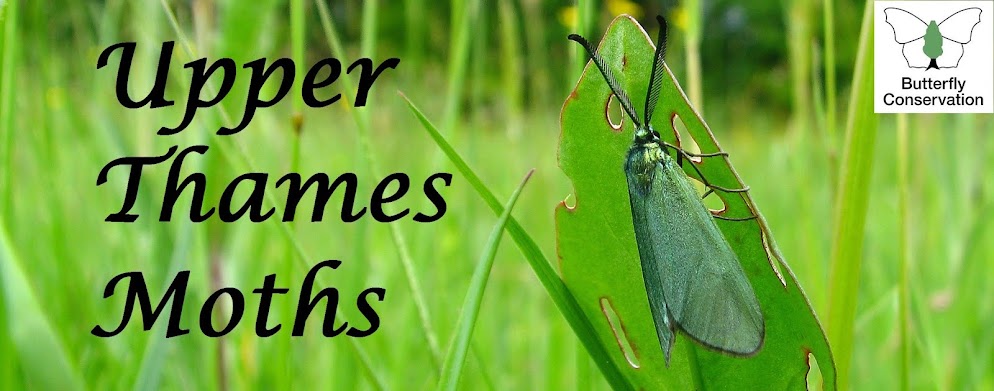The site appears to be working very well indeed and over the past two months we've had some 6,000 page views, averaging 100 per day which is not bad considering that the season has barely started yet.
Those of you who have signed up to contribute seem to have mastered the art very successfully and are making good use of the facility. I would just remind you:
- don't forget to add a title for your post (easily done as the title box appears above the tool-bar);
- please mention your locality somewhere in the report (we cover three counties with a lot of different habitat types);
- please add your name at the end of the report.
For anyone else who would like to contribute, the procedure is quite straightforward and is fully explained under the "Getting Started" tab. When obtaining your Google or Blogger ID please ensure that you use your own name (not an alias). If you already have a Blogger ID using an alias, please visit Settings and change the Display Name to your own name.
Finally, I should point out that the invitations sent to potential new contributors expire after one month. Please click on the link straight away, which will add you to the list, but there's no need to send a report until you are ready to.
Happy blogging!
Dave Wilton










































.JPG)